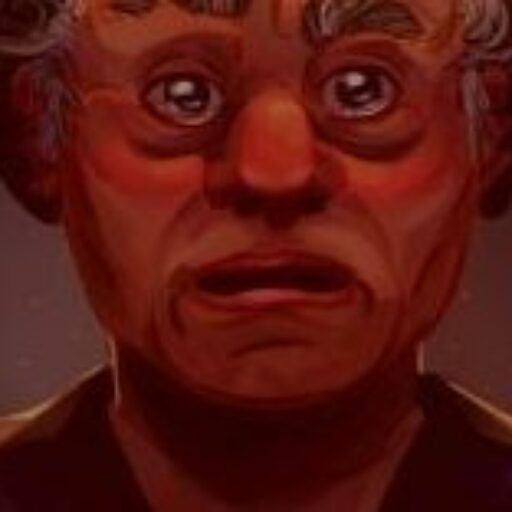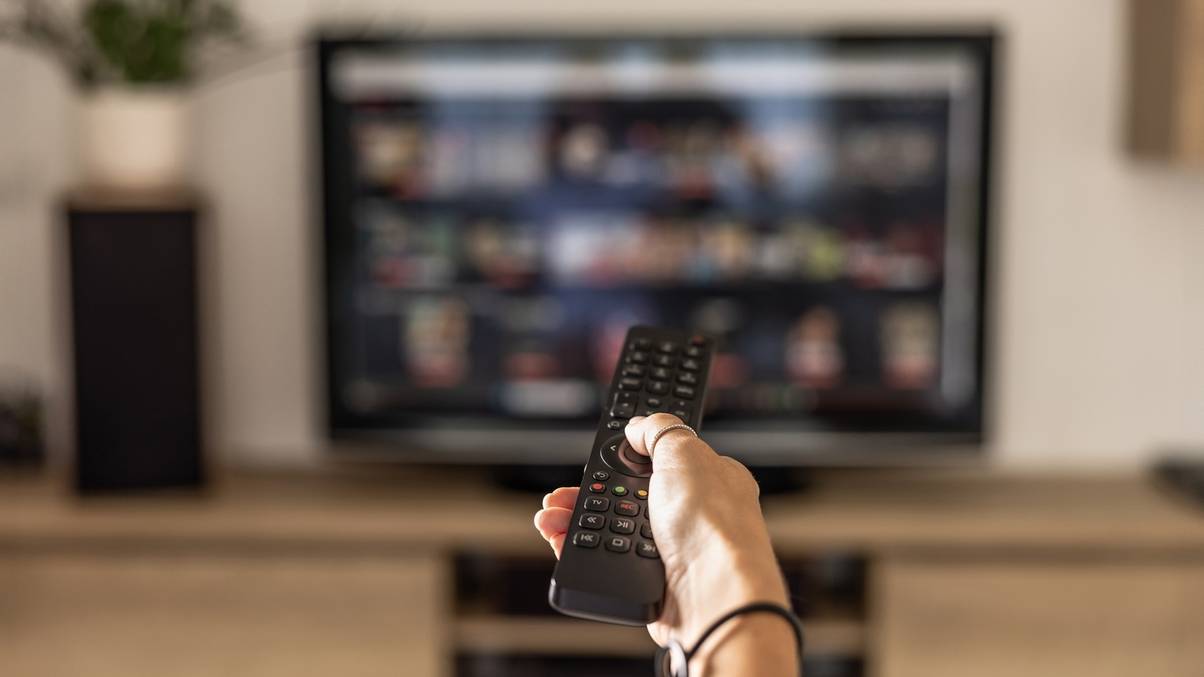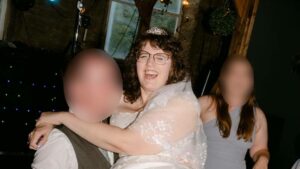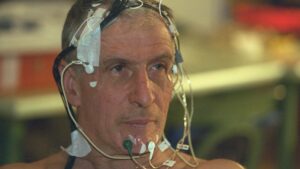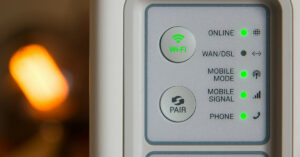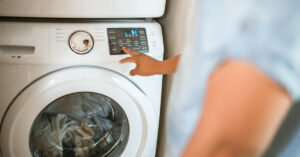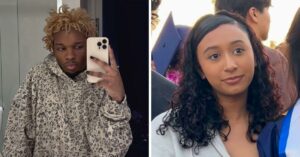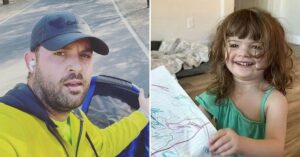From Humble Beginnings to Historic Triumph: The Untold Story of Cardinal Robert Prevost, America’s First Pope
So here’s the kicker: on May 8, Cardinal Robert Prevost flipped the script and made history as the first-ever American pope. Yeah, you heard that right—the papacy got its own Chicago native, fresh off a swift two-day conclave that gave us white smoke faster than you can say “holy guacamole.” Pope Francis had just passed, and while many expected a drawn-out drama, the cardinals seemed to have a quick huddle and made their call, landing on Prevost—someone many saw as a dark horse but clearly not your average Vatican player. Now, before you start wondering if this new pope is gonna bring a little deep-dish flavor to the Vatican or just preach with that Midwest charm, let’s dig into who this guy really is—and what his papacy could mean for the Catholic Church moving forward. Curious yet? Thought so. LEARN MORE
Cardinal Robert Prevost made history on 8 May when he was announced as the first ever American pope.
The 69-year-old, who was born in Chicago, was named as Pope Francis’ successor following a two-day conclave, with Pope Leo XIV introduced to the public shortly after the white smoke first emerged from the Sistine Chapel.
Pope Francis had passed away in late April following several months of poor health but after the traditional days of mourning and funeral service, the cardinals concluded the conclave fairly quickly, taking less than two days to make their final decision.
Prevost was seen by the media as something of a dark horse to take over, but has already received the congratulations of US president Donald Trump after making history by succeeding Pope Francis.
But what do we know about the new pope, and what can we expect from him as the new leader of the Catholic church?
How did Robert Prevost become the new pope?
Prevost was born in Chicago in 1955, to parents of Spanish, French and Italian descent. He made his solemn vows in 1981 and spent many of his younger years working as a missionary in Peru.
He then returned to the US and in 2001 he was appointed prior general of the Augustinian, serving two terms until 2013. A year later, he returned to Peru where the newly elected Pope Francis named him apostolic administrator of the Diocese of Chiclayo, before elevating him to Bishop of Chiclayo in 2015.
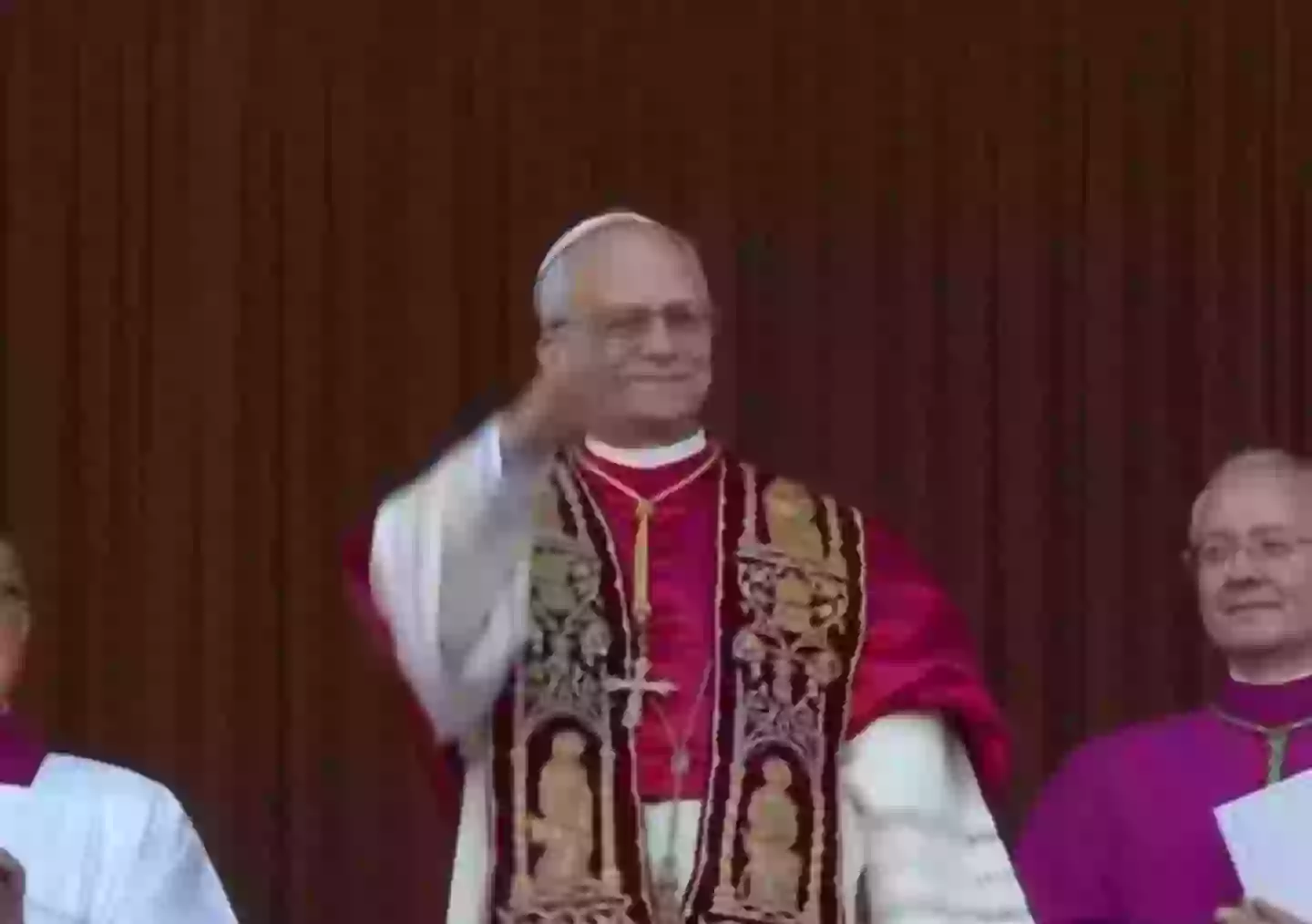
The new pope greeted his adoring supporters (BBC)
Pope Francis promoted him again to prefect of the Dicastery for Bishops in January 2023, a powerful position responsible for selecting bishops, which was a position he held until Pope Francis died on April 21, 2025. The former pope had also elevated him to the rank of Cardinal in 2023, so it is clear that the two men were close.
While it has been said that some Cardinals wanted to avoid appointing a pope from a superpower such as the US, his work in Peru, as well as his European roots, were clearly enough to win others over.
What can we expect from the new pope?
It seems as if Pope Leo’s visions align closely with that of his predecessor. He is reportedly very close to Francis’ vision regarding the environment, outreach to the poor and migrants, and meeting people where they are. He said last year ‘the bishop is not supposed to be a little prince sitting in his kingdom.’
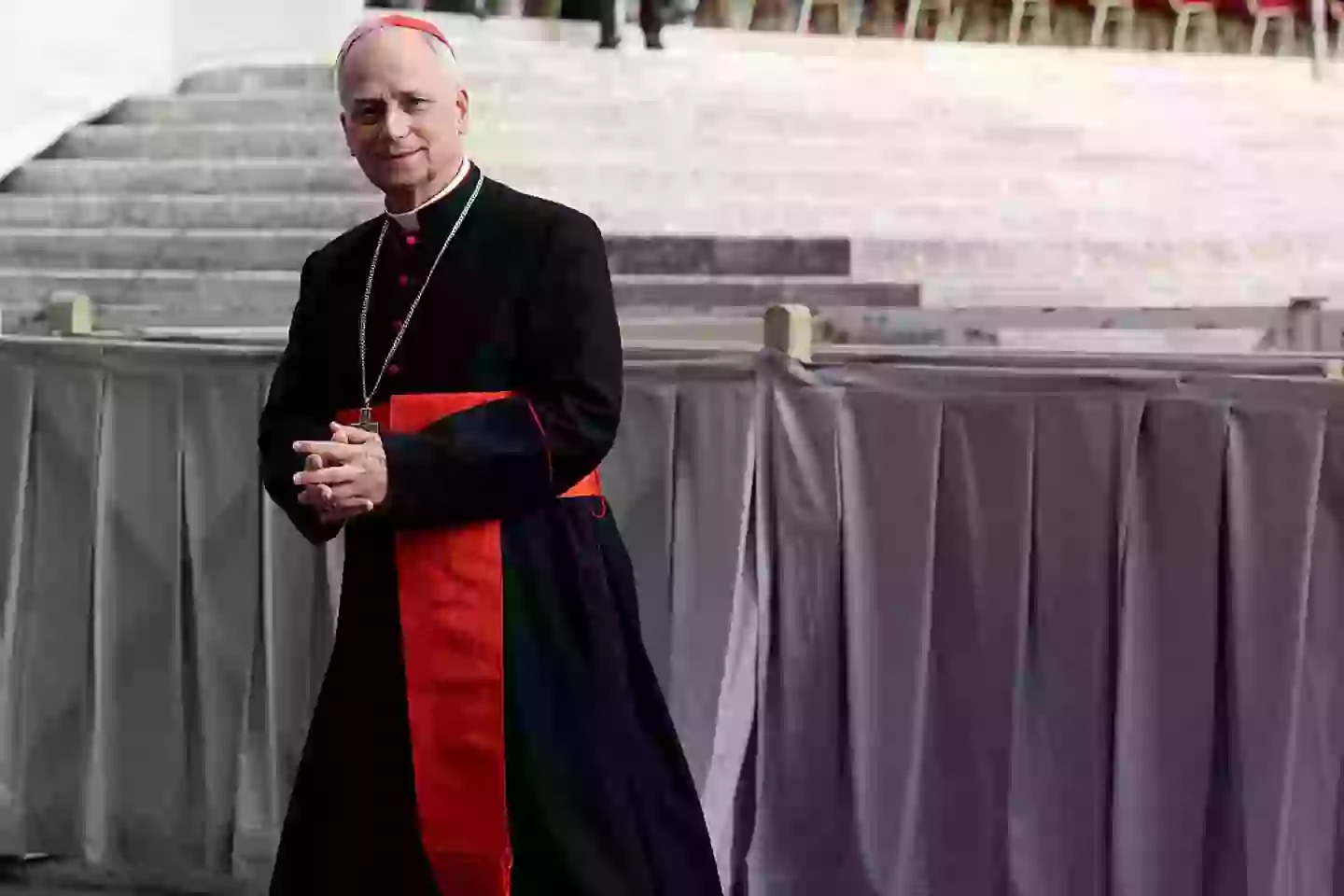
Robert Prevost at Pope Francis’ funeral last month (Franco Origlia/Getty Images)
He also supported Pope Francis’ change in pastoral practice to allow divorced and civilly remarried Catholics to receive Holy Communion, but he seems less willing to embrace the LGBTQ community as we saw with the last pope, although he has shown some support for Fiducia Supplicans, which allows Catholic priests to bless couples who are not considered to be married according to church teaching, including same-sex couples.
